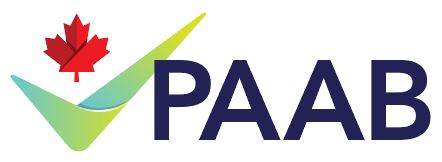191 - I understand that a Canadian consensus guideline is an acceptable, authoritative source. Correct? If the consensus is published in a peer-reviewed journal, but it is not explicitly called a "guideline" in the title, is this acceptable? (E.g., "Canadian consensus on..." or "Canadian clinical guidance...")
-
Whether the title contains the word "guideline" is typically not in and of itself a pivotal factor in PAAB approval. It is more important that the source be reliable and authoritative. Statements taken from Canadian authoritative guidelines (e.g. place in therapy) can be considered in drug advertising provided they are consistent with the Terms of Market Authorization (s3.1) and based on good evidence. While some guidelines are published, they may not be endorsed or recognized by an authoritative medical body and therefore may not be reflective of current medical practice (s3.2). Note that a nationally recognized consensus would be preferred over a regional consensus. Note that content from Canadian authoritative guidelines is not automatically accepted in APS. All PAAB codes must be considered.
